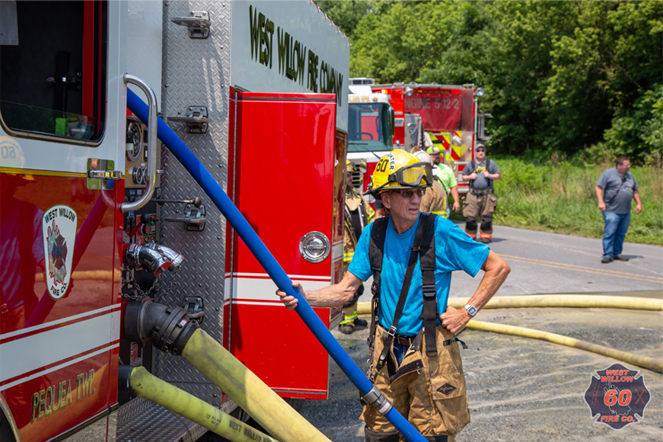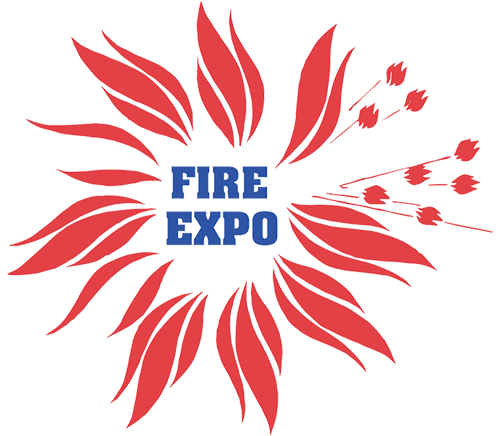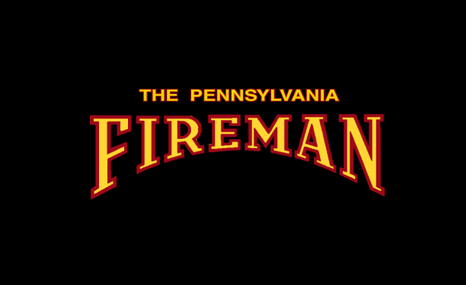WHO WE ARE
Serving Lancaster County Emergency Services
Emergency Services Organizations eligible for membership include Fire, Rescue, Emergency Medical Services, and Forest Fire Crews in Lancaster County. The Lancaster County Firemen’s Association represents the more than 80 Lancaster County Emergency Service Organizations members and over 750 individual members who protect the residents of Lancaster County. LCFA provides professional development training and education; maintains a fire school; operates a Fire Safety Trailer for public fire education; publishes the Pennsylvania Fireman; and hosts the second largest fire expo in the country.

No event found!



